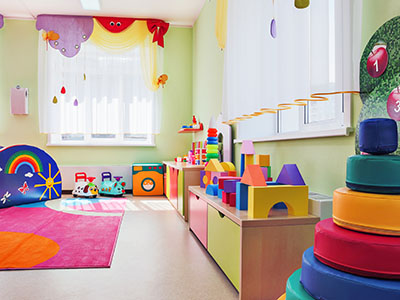 |
Crear una comunidad de aula solidaria (CDA 3) (Spanish) Creating a Supportive Classroom Community (CDA 3) |
2.00 |
Aprenda maneras de sacar a relucir conductas enriquecedoras y afectuosas en niños y jóvenes para crear una comunidad en el aula donde los niños y los jóvenes se apoyen unos a otros. Aprenda a utilizar juegos no competitivos para fomentar la aceptación de todos los niños y jóvenes. Identifique las fortalezas y debilidades tanto de usted como de los niños y jóvenes de su programa y cómo aprovecharlas para crear un sentido de aceptación y comunidad.
Learn ways to bring out nurturing, caring behaviors in children and youth to create a classroom community where children and youth support each other. Learn how to use non-competitive games to foster acceptance of all children and youth. Identify the strengths and weaknesses of both you and the children and youth in your program and how to put the strengths to good use, creating a sense of acceptance and community. |
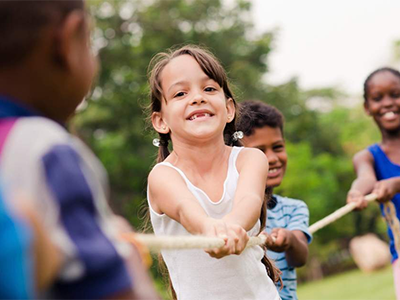 |
Creating a Quality Summer Program |
2.00 |
CalSAC partnered with the Summer Matters campaign to create our Quality Summer Program training series. Summer months bring unique opportunities for learning outside the traditional school year and walls. High quality summer learning programs change students’ lives for the better with an opportunity to improve their academic achievement and readiness to learn. Developing quality programs requires intentional, ongoing development. Engage in activities that will help identify and strengthen the quality of your summer learning program.
Creating a Quality Summer Program is the first module in the Quality Summer Programming Training series. In this module, participants will learn about the importance of high quality summer learning programs for youth, elements of high-quality summer programs and effective tools to guide programs in their ongoing development of quality programming. |
 |
Creating a Safe and Respectful Environment for Our Nation's Children and Youth |
0.75 |
This course will provide you with the knowledge and skills to create safer, more inclusive environments for children. You will learn about the dynamics of bullying, the impact it has on those who are bullied, and strategies for prevention. |
 |
Creating a Safety Program |
1.75 |
This course covers the elements of a safety program, accident investigation, hazardous communication standard, and new employee orientation for construction detailing site hazards. |
 |
Creating a Supportive Classroom Community (CDA 3) |
2.00 |
Learn ways to bring out nurturing, caring behaviors in children and youth to create a classroom community where children and youth support each other. Learn how to use non-competitive games to foster acceptance of all children and youth. Identify the strengths and weaknesses for both you and the children and youth in your program, and how to put the strengths to good use creating a sense of acceptance and community. This course is designed to be part of a Child Development Associate (CDA) Credential™ curriculum. It covers CDA Subject Area 3: Supporting Children's Social and Emotional Development and may also be taken as a stand-alone learning event or as part of a broader early childhood education curriculum. |
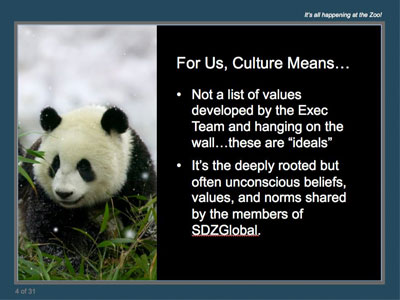 |
Creating a World Famous Culture in your Workplace |
1.00 |
This session will give you an overview of how the World Famous San Diego Zoo defines company culture, and what forward thinking innovations they undertook to transform their culture into a World Famous Culture. You will learn a "zooprint" for success on company culture, including several best practices that you can use in your own workplace. |
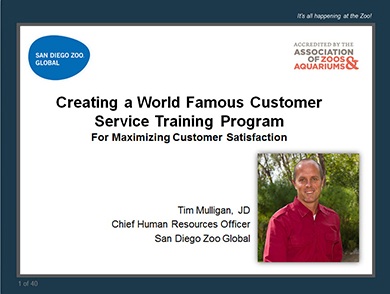 |
Creating a World Famous Customer Service Training Program |
1.00 |
Are you interested in putting together a unique, world class, and cost effective Customer Service Training Program, rather than just purchasing one "off the shelf?" This webinar will walk you through the steps taken by San Diego Zoo Global to create its GRRREAT! Customer Service Training Program - all done in house! |
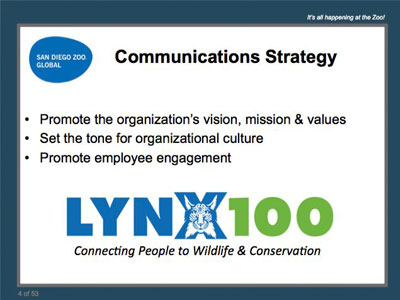 |
Creating a World Famous Employee Communications Strategy |
1.00 |
In recent years, San Diego Zoo Global's Internal Communications programs have been nationally recognized for excellence in outstanding employee communications. During this webinar, you will hear best practices from a seasoned pro at employee communications - covering latest trends, social media, employee forums, electronic newsletters, and creation of a cutting edge intranet for your organization. You will not want to miss this one...
|
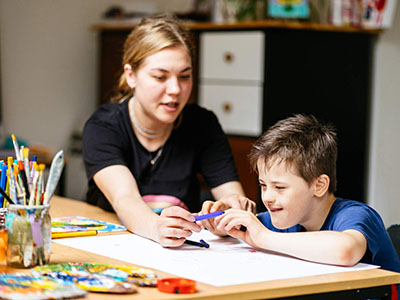 |
Creating an Inclusive Classroom for Paraprofessionals |
1.25 |
To make our schools emotionally and physically safe places, we must make sure that the needs of all students are being met. We must remember that students with disabilities are like all other students, and exhibit more similarities than differences when compared with peers of the same age. When we provide students with the least restrictive environment, inclusion becomes critical. Paraprofessionals that understand inclusion are better able to provide an environment that includes all students, regardless of their individual barriers. |
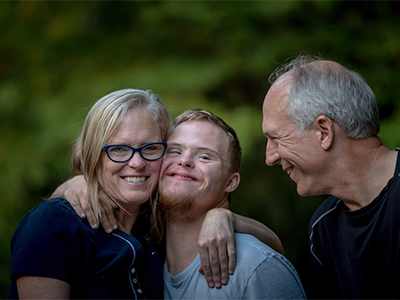 |
Creating an Inclusive Program |
2.00 |
With planning, training, and support, program staff can successfully include many children with special needs. Program staff must develop the skills necessary to assess the environment, materials, equipment, and activities to make the necessary modifications and accommodations so that all children and youth in their programs are successful. During this course, participants will discuss the law regarding inclusion as well as the attitude and reasonable accommodations needed to create an inclusive environment for children and youth with special needs. |
 |
Creating and Implementing an Effective Strategic Plan for Your Organization |
1.00 |
Without strategic direction it is hard to get where you want the organization to go. This Webinar offers you a process for reaching your organizational goals. Strategic plans help your organization, or department, set the roadmap to make a significant mission impact. Through this Webinar you will learn a model for completing a Strategic Planning process in your organization. It covers the entire process from planning to defining the strategic framework and then creating a process for implementation activities. You will learn how to create a strategic framework that gives the activities coherence and direction, ensuring that your strategic plan becomes a living, breathing document that is fully utilized in the organization. You will also learn how to involve your board, staff, and other important constituencies in the process to increase your chances of successful implementation. In addition, you will receive leave-behinds that give you practical exercises and instructions to use during your strategic planning process. |
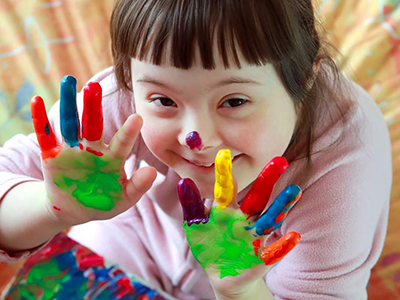 |
Creating and Maintaining Healthy and Safe School Environments |
1.00 |
Keeping school-age children healthy and safe is a major priority for schools. This requires careful attention to setting up the environment to promote healthy habits and using effective strategies for monitoring and maintaining a hygienic environment. It also requires setting up the classroom environment to promote safety and using effective strategies for monitoring and maintaining a safe environment. Because students are growing towards independence, it is also essential to help them develop habits and behaviors for living a healthy lifestyle and to help keep them safe from harm as they participate in school experiences. |
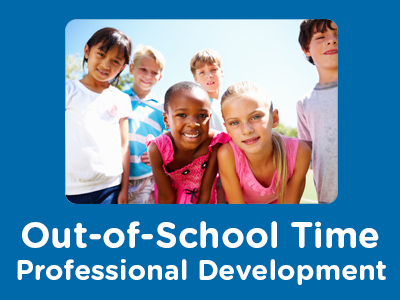 |
Creating and Maintaining Healthy School-Age Environments |
2.00 |
Keeping school-age children healthy is a major priority for school-age programs. This requires giving careful attention to setting up the environment in a way that promotes healthy habits, and using effective strategies for monitoring and maintaining a hygienic environment. Because school-age children are growing towards independence, it is also important to help them develop habits and behaviors for living a healthy life-style. |
 |
Creating and Maintaining Safe School-Age Environments |
2.00 |
Keeping school-age children safe during out-of-school hours is a top priority for school-age programs. This requires giving careful attention to setting up the program environment in a way that promotes safety, and using effective strategies for monitoring and maintaining a safe environment. Because school-age children are growing towards independence, it is also important for staff to help them develop habits and behaviors that will keep them safe from harm as they participate in program experiences. Promoting and protecting children's safety is one of the major responsibilities of staff in school-age programs. |
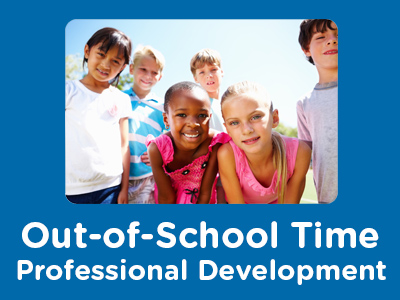 |
Creating and Managing Budgets in School-Age Programs |
2.00 |
When program budgets are developed through a careful, step-by-step process, they become valuable planning tools. By using effective budget planning tools and strategies, school-age care professionals can make realistic projections about the programs financial stability, and design strategies for generating and allocating resources to support the programs vision and mission. It is important for school-age care professionals to understand that the budget process is ongoing. It involves linking financial goals to program goals, identifying program priorities, allocating resources effectively, using reliable methods for calculating potential expenses and revenues, monitoring performance against projections made, and making needed changes and adjustments for the future. |
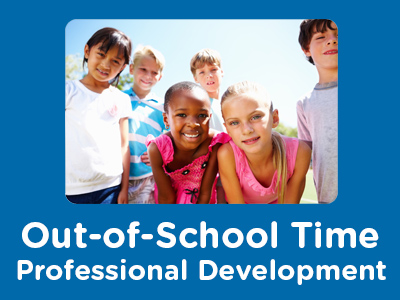 |
Creating Community Collaborations |
2.00 |
Across the country, more and more communities are forming community collaborations to address the out-of-school needs of children and youth of all ages. When different segments of the community join together, share ideas, and pool their resources and efforts to create out-of-school time initiatives, children and youth benefit. What one organization or program may not be able to accomplish alone is often achievable when partnerships and collaborations among diverse groups and individuals are formed.
When school-age care professionals are knowledgeable about what it takes to create and sustain successful collaborations, they can play an important leadership role in creating out-of-school time initiatives and programs that will meet the needs of children and youth in their communities now and in the future. |
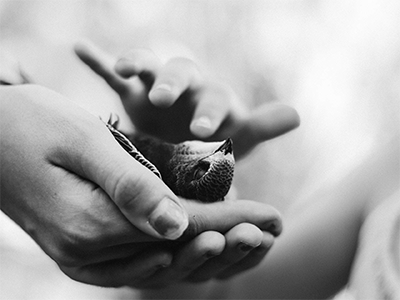 |
Creating Respect and Safety |
2.00 |
Out-of-school time programs provide a safe space for children and youth, both physically and emotionally. Staff need to understand how to create safe environments to ensure that children and youth feel safe in order to fully participate in the program. This course will provide participants the opportunity to explore their own relationship to safety and support, set group agreements for the series, and discover their FRAME. |
 |
Creating Respect and Safety for Paraprofessionals |
1.00 |
Keeping school-age children respectful and safe is a major priority for schools. It requires setting up the classroom environment to promote safety and using effective strategies for monitoring and maintaining a safe environment. Because students are growing towards independence, it is also essential to help keep them safe from harm as they participate in school experiences. |
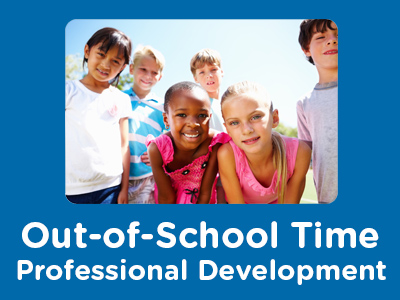 |
Creating Successful Clubs, Special Events, and Field Trips in School-Age Programs |
2.00 |
Children who regularly attend school-age programs need many opportunities to participate in activities that help them connect with their communities and work together to build on their interests, talents, and abilities. Clubs, special events, and field trips are ideal vehicles for providing these opportunities. When staff know how to work with children to plan and implement these activities, children develop a sense of program ownership that helps them become productively engaged in a variety of meaningful activities that support their development. |
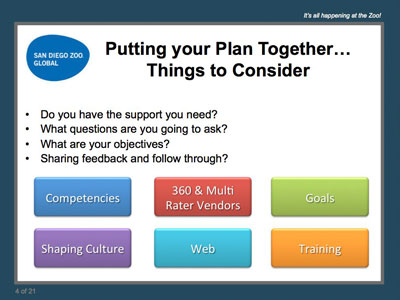 |
Creatively Implementing a 360 Program on a Budget |
1.00 |
360-degree feedback is feedback that comes from all around an employee - 360 degrees, with the employee being assessed figuratively in the center of the circle. Feedback is provided by subordinates, peers, and supervisors. It also includes a self-assessment and, in some cases, feedback from external sources such as customers and suppliers or other interested stakeholders. The results from a successful 360-degree assessment may be used by the person receiving the feedback for self improvement, or by some organizations in making administrative decisions, such as pay or promotion. However used, it can be very effective - yet can be very costly to administer. Learn how one large non-profit company utilizes 360 degree surveys internally - on a budget! |
 |
Creativity |
0.50 |
In this course, you will learn about creativity, including what it is, how to encourage it, and how to utilize it for positive collaboration. |
 |
Creativity and Innovation: Creative Thinking Basics |
1.34 |
Creativity is the ability to imagine new concepts or combine existing ideas in new and different ways. An old idea that was not applicable in the past might become practical if the factors that made it irrelevant have changed. These changes could be in the details of the idea, or in the situation in which it is to be applied.
Creativity is a key factor in personal development. There are certain traits that are evident in creative thinkers. To be creative, you need to differentiate between the traits that enhance your creativity, and those that inhibit it.
In this course you will: prepare yourself mentally and physically to be creative, use your experiences, innocence, intuition, and sense of adventure to increase your creativity. |
 |
Creativity and Innovation: Creative Thinking Basics (Instructor Guide) |
1.34 |
Creativity is the ability to imagine new concepts or combine existing ideas in new and different ways. An old idea that was not applicable in the past might become practical if the factors that made it irrelevant have changed. These changes could be in the details of the idea, or in the situation in which it is to be applied.
Creativity is a key factor in personal development. There are certain traits that are evident in creative thinkers. To be creative, you need to differentiate between the traits that enhance your creativity, and those that inhibit it.
In this course you will: prepare yourself mentally and physically to be creative, use your experiences, innocence, intuition, and sense of adventure to increase your creativity.
This Instructor's Edition of this course includes notes and suggestions to assist you in presenting the material, whether in an in-person classroom setting, or as an instructor-led online or distance-learning course. It also provides you with the answers to questions found in mid-lesson activities, as well as in the quiz that concludes the course. |
 |
Creativity and Innovation: Creativity In Organizations |
1.34 |
Creativity in an organization depends on various factors, such as the distribution of authority, the flow of information, and the culture. Some organizations encourage creative thinking to a large extent, and others discourage it. You can recognize a creative organization from its leaders. A leader who can influence a team and inspire them to work creatively builds a creative workforce. Such teams look at problem solving as a means to develop creativity. Although there are certain organizational situations that can enhance creativity, you should also be aware of the organizational factors and job conditions that can inhibit your creativity.
In this course you will learn to: develop creativity in an organization, and use creativity to generate ideas and solve problems. |
 |
Creativity and Innovation: Creativity In Organizations (Instructor Guide) |
1.34 |
Creativity in an organization depends on various factors, such as the distribution of authority, the flow of information, and the culture. Some organizations encourage creative thinking to a large extent, and others discourage it. You can recognize a creative organization from its leaders. A leader who can influence a team and inspire them to work creatively builds a creative workforce. Such teams look at problem solving as a means to develop creativity. Although there are certain organizational situations that can enhance creativity, you should also be aware of the organizational factors and job conditions that can inhibit your creativity.
In this course you will learn to: develop creativity in an organization, and use creativity to generate ideas and solve problems.
This Instructor's Edition of this course includes notes and suggestions to assist you in presenting the material, whether in an in-person classroom setting, or as an instructor-led online or distance-learning course. It also provides you with the answers to questions found in mid-lesson activities, as well as in the quiz that concludes the course. |


























